Sale of Bradford pears banned in Ohio
I’ve been in this business a long time. Bradford pears have been in it just a little bit longer.
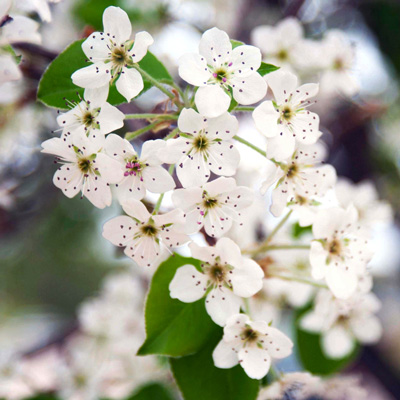
It’s a beautiful tree, brought into the U.S. from Asia by the U.S.D.A. in the 1960s for use as an ornamental tree. Gorgeous white spring flowers, deep green foliage all summer and stunning fall color – what’s not to love?
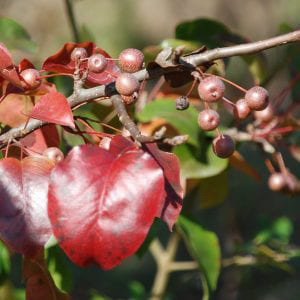
That’s where the story took a bad turn. The initial thought was that the Bradford and other ornamental pears were sterile. However, when bees brought pollen from other pears the introduced trees started producing hard little fruit filled with seeds. Birds loved the fruit, ate them and then…. You get the picture.
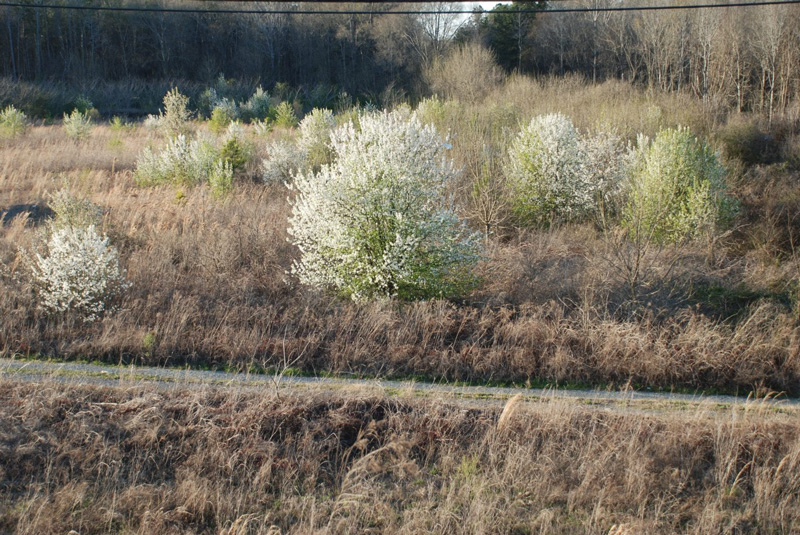
Seedlings of the species Pyrus calleryana from which all these ornamental pears were introduced started springing up in woodlands all across the eastern U.S. Before long, the tree made a publicized entry onto the invasive species lists of several eastern states.
To date, three states have enacted bans on the production, sale, and possession of Bradford pears. Ohio will be the first to make it effective later this year. Pennsylvania and South Carolina won’t be far behind, and other states will probably follow suit I would suspect.
Each of the states felt that they needed to give nurseries a few years to sell stock that they had already propagated – tens of thousands of dollars were involved. But those 5-year grace periods are now coming to an end.
It should be noted that ornamental pears that people already have in their own landscapes do not have to be removed, but state and local organizations are encouraging immediate replacement as soon as one falters. Some cities are even offering replacement trees of other species when a Bradford pear is removed.
As if all that weren’t discouraging enough…
Even if they weren’t invasive, Bradford pears are not good landscape investments anyway.
They have very narrow branch angles. You’ll see that when you look at their trunks and main branches. They all pinch together like a handful of tuning forks squeezed tightly into a mass.
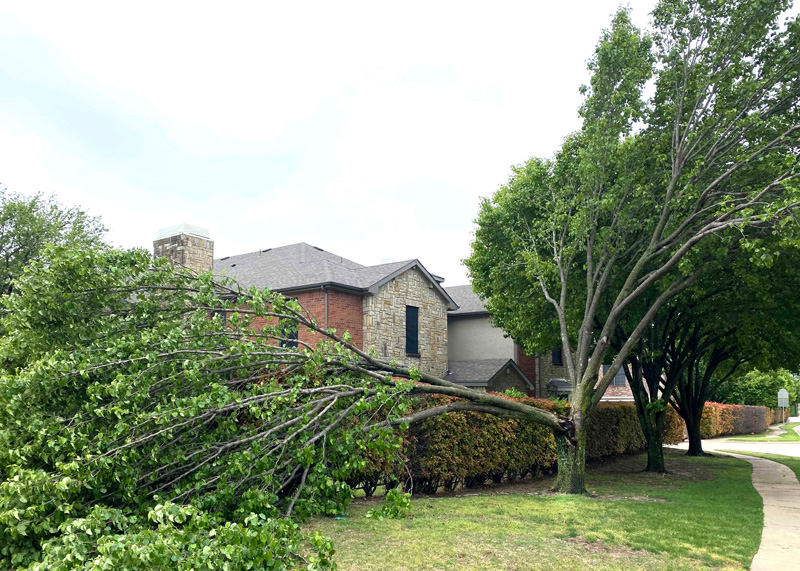
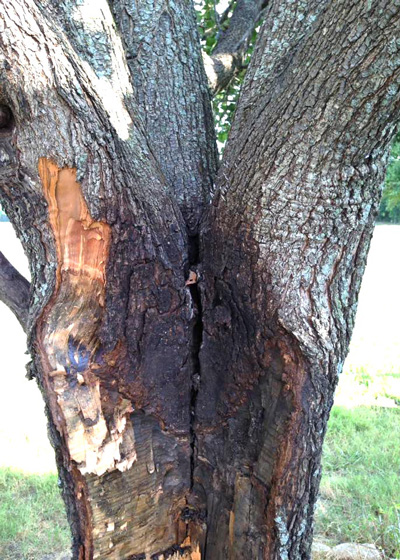
As debris, fallen leaves and moisture all collect in those narrow angles it keeps the tree limbs from forming strong, woody unions. Eventually, 10 or 12 years down the road, the tree will split down its middle leaving an ugly, gaping wound and a horribly misshapen tree in the aftermath. The tree will be so weakened by it all that there will be no way to save it.
Adding to the problem, when you try to remove the disfigured mother tree, scores of sprouts from the rootstock Callery pear will spring up all over your yard. It might take two or three years to convince them that they’re not wanted. You will learn to hate the day that you ever planted Bradford pear (or any of the other ornamental pear varieties) in the first place.
Options as replacements…
You’ll see many alternative trees listed on various states’ websites, but those species may or may not be adapted to Texas. Some of the better-adapted types for our state that are small in stature and white-flowering like the pears would include:
• Mexican plums (native to much of Central and East Texas),
• Eastern dogwoods (require acidic soils),
• Rusty blackhaw viburnums (actually tall-growing shrubs),
• Little Gem and Teddy Bear dwarf southern magnolias,
• White-flowering redbuds, and
• White-flowering selections of tall crape myrtles trained tree-form (best types include Glendora White, Kiowa and Sarah’s Favorite White; Natchez is less winter-hardy).
Note: I will confess that there was a day that Bradford pear was a tree that I recommended. My first professional work in Texas was as Dallas County Extension Horticulturist in 1970, and Bradford pears had only been in the market for a few years. We didn’t know then what we began to find out by the 1980s and 90s – that this tree was a ticking time bomb. It’s funny what you learn in life, isn’t it!
Photo credits from publication by Alabama A&M and Auburn Universities.
